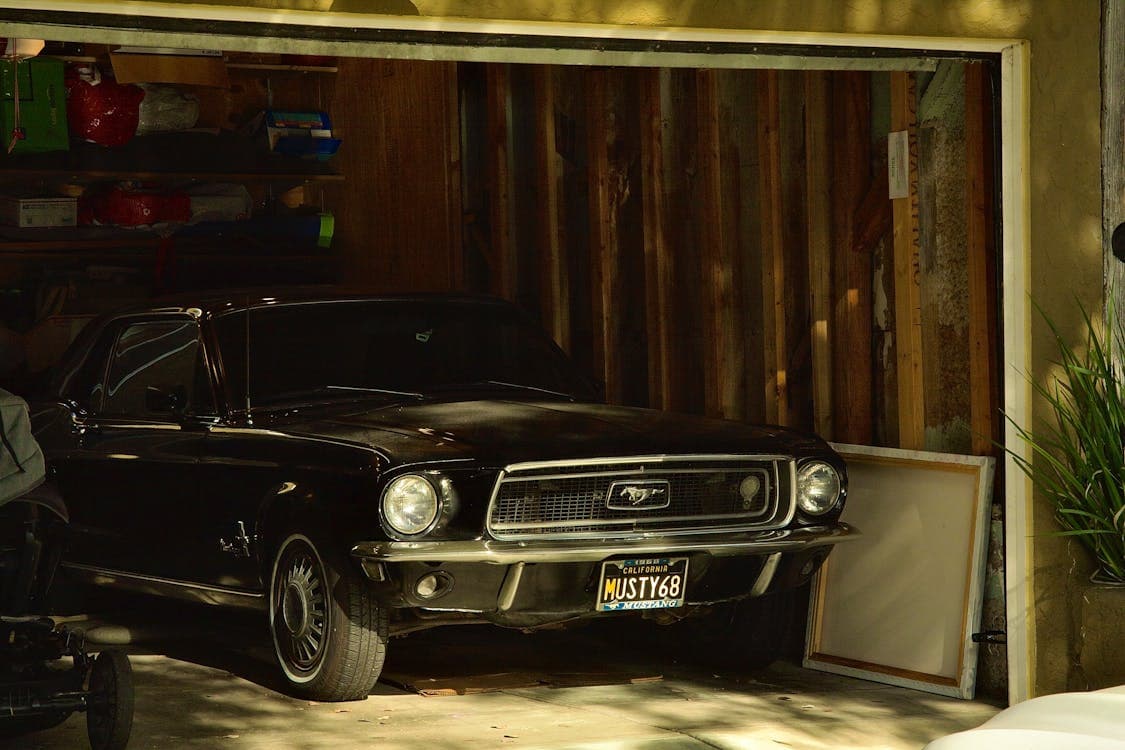The Ultimate Guide to Restoring Your Classic Ford Mustang
Restoring a classic Ford Mustang is a journey that combines passion, patience, and a bit of elbow grease to bring back the glory of this iconic American muscle car. Whether you're a seasoned restorer or a first-time enthusiast, this guide will walk you through the essential steps and tips to make your restoration project a roaring success.
1. Planning Your Restoration
Assess the Condition
Start by thoroughly assessing the condition of your Mustang. Look for rust, check the engine's state, and evaluate the interior. Understanding the extent of work needed will help you plan your restoration more effectively.
Set a Budget
Restoration can be costly, so it's crucial to set a realistic budget. Consider the cost of parts, labor (if you're not doing all the work yourself), and unexpected expenses that might arise.
Create a Timeline
Restoring a classic Mustang can take anywhere from a few months to several years, depending on the project's scope. Set a realistic timeline, considering your budget, availability, and the extent of restoration needed.
2. Disassembly
Organize and Label
As you disassemble your Mustang, organize and label every part. This meticulous approach will save you time and headaches during reassembly.
Document the Process
Take photos and notes as you disassemble the car. This documentation will be invaluable when it's time to put everything back together.
3. Body Work and Painting
Address Rust and Damage
Rust is the enemy of classic cars. Address all rust issues and body damage before moving on to painting. This might involve cutting out rusted sections and welding in new panels.
Choose the Right Paint
Selecting the correct type of paint and color is crucial for a classic Mustang. You might want to match the original factory color or choose a new color that fits the era.
Professional vs. DIY
Consider whether you have the skills and equipment to do the bodywork and painting yourself or if it's better to hire professionals.
4. Mechanical Restoration
Engine and Transmission
Decide whether to rebuild the original engine and transmission or upgrade to newer, more powerful options. Both choices have their merits, depending on your goals for the car.
Suspension and Brakes
Upgrading the suspension and brakes can significantly improve the driving experience. Consider modern components that fit the classic Mustang for enhanced safety and performance.
5. Interior Restoration
Upholstery and Trim
The interior of your Mustang should reflect the exterior's quality. Whether you're going for a factory look or custom interior, ensure the upholstery and trim are in top condition.
Dashboard and Instruments
Restore or replace the dashboard and instruments to ensure they're functional and aesthetically pleasing. Original-looking aftermarket options can offer modern functionality with a classic look.
6. Reassembly and Testing
Take Your Time
Reassembly is the final step in the restoration process. Take your time to ensure everything fits perfectly and works as it should.
Test Everything
Before hitting the road, test all mechanical and electrical components. It's better to catch and address any issues now rather than during your first drive.
Conclusion
Restoring a classic Ford Mustang is a rewarding project that requires dedication and attention to detail. By following this guide, you're well on your way to bringing your Mustang back to its former glory. Remember, restoration is not just about the destination but also about the journey. Enjoy every step of bringing your classic Mustang back to life.
